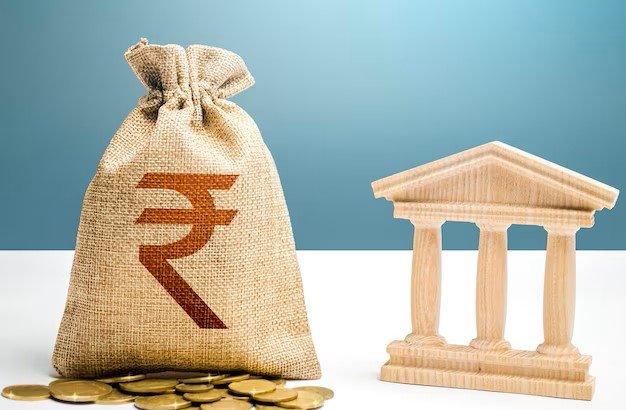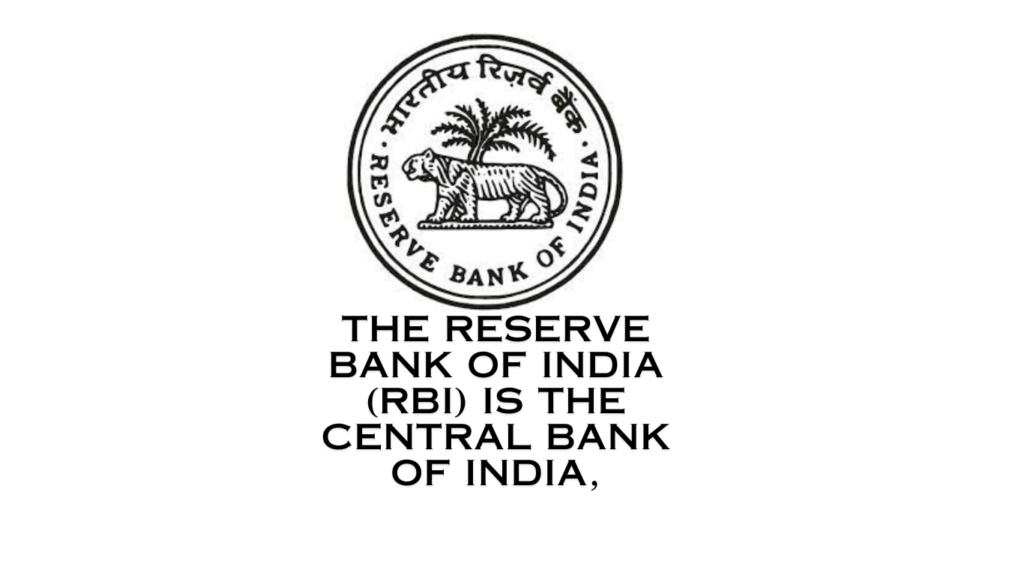Development of banking in india

The development of the modern banking system in India began with the advent of British rule in the 17th century. In the 18th century, the East India Company had established some agency houses in Bombay and Calcutta. Agency houses functioned like modern banks. The financing of these agency houses came from the officers and employees of the East India Company.
It was done by. Later, India’s first bank based on the European banking system was established in Kolkata in 1770 under the name of Bank of Hindustan by Alexander and Company with the help of foreign capital. But this bank failed in its work.
After this, three Presidency Banks were established in the country by private and government shareholders. Such as Bank of Bengal in 1806, Bank of Bombay in 1840 and Bank of Madras in 1843. The government also had some stake in the share capital of these three banks. Therefore, the government had control over these three banks. Later the operations of these banks were limited. In 1921, Imperial Bank of India was established by merging these three banks and after nationalization on July 1, 1955, its name was changed to ‘State Bank of India’.
In 1860, an Act was passed to establish banks on the basis of Limited Liability. As a result, many joint capital banks were established in the country. Such as Allahabad Bank (1865), Alliance Bank of Shimla (1881), Avadh Commercial Bank (1881), Punjab National Bank (1894), People’s Bank of India (1901). Avadh Commercial Bank, established in 1881 on limited liability basis, was the first bank run by Indians (IAS-03). The first bank of the Indian country as a whole was Punjab National Bank.

LIn the beginning of the 20th century, due to the expansion of the Swadeshi movement in the country, banks expanded on a large scale in the country. During the same period, the then four big banks of the country – Bank of India (1906), Bank of Baroda (1908), Central Bank of India (1911) and Bank of Mysore (1913) were established and the number of other small banks also increased. Reached hundreds.
Bank Prov Due to the First World War (1914-18), the period 1913-17 was considered the time of banking crisis in India. at this time. Many banks failed and there was a shortage of money in the Indian money market. However, after the end of the war the pace of banking development accelerated. Tata Industrial Bank was established in 1917 and in 1921, Imperial Bank of India was established by merging the three Presidency banks.
Central Banking Inquiry Committee was formed in India during the global recession of 1930.
* • Went. According to the report of the committee, the Reserve Bank of India (R.B.I.) Act was passed in 1934 and from 1935 R.B.I. Started his work. The time of World War II was a time of banking expansion. Due to the currency expansion caused by the war, the monetary income of the people increased, as a result the deposits of banks also increased. To take advantage of this deposit growth, banks and their branches expanded. On January 1, 1949, R.B.I. To strengthen it, it was nationalized and the ‘Indian Banking Act’ was passed in March 1949 to regulate Indian banking. Scheduled under this Act.
RBI to inspect banks Was given wide powers. It is known that on July 1, 1955, ‘Imperial Bank of India’ was nationalized and its name was changed to ‘State Bank of India’. With this the other 8 (currently 7) banks were transformed into its subsidiary banks, called ‘State Bank Group’. Such as-
1. State Bank of Bikaner and Jaipur (earlier both were separate).
2. State Bank of Hyderabad.
3. State Bank of Indore.
4. State Bank of Mysore.
5. State Bank of Saurashtra.
6. State Bank of Patiala.
7. State Bank of Travancore.
Out of the above seven banks, as a result of merger of State Bank of Saurashtra in August 2008 and State Bank of Indore in August 2010 with SBI, only five banks are left in the SBI group.
With the aim of making banks more socially useful, 14 such big commercial banks of the country were nationalized on July 19, 1969. Such as-
(1) Central Bank of India, (2) Bank of India, (3) Punjab National Bank, (4) Canara Bank, (5) United Commercial Bank, (6) Syndicate Bank, (7) Bank of Baroda, (8) ) United Bank of India, (9) Union Bank of India, (10) Dena Bank, (11) Allahabad Bank, (12) Indian Bank, (13) Indian Overseas Bank, (14) Bank of Maharashtra.
A decade later, on April 15, 1980, six private banks whose deposits were more than Rs 200 crore were nationalized again.
Such as-
reserve Director happens by is- northern Western (1) Andhra Bank, (2) Punjab and Sindh Bank, (3) New Bank of India, (4) Vijaya Bank, (5) Corporation Bank, (6) Oriental Bank of Commerce.
On September 4, 1993, the government merged New Bank of India with Punjab National Bank. Due to this the number of nationalized banks reduced from 20 to 19.
> Reserve Bank of India

In 1930, on the basis of the recommendation of the Central Banking Inquiry Committee, ‘Reserve Bank of India’ (R.B.I.) was established as the central bank of India. It was incorporated on April 1, 1935 with an authorized capital of Rs 5 crore under the Act 1934. On January 1, 1949, R.B.I. Was nationalized. Its first Governor was Sir Osborne Smith (1935–37). * At the time of independence of the country, R.B.I. Governor Sir C.D. Deshmukh (1943-49) and currently D. Subbarao (since November 5, 2008) is its Governor.*
The operations of the Reserve Bank are governed by the Central Board of Directors. The entire country is divided into four parts – Northern Region, Southern Region, Eastern Region, and Western Region. It consists of 5 members for each. The Central Board consists of 1 Governor and a maximum of 4 Deputy Governors, who are appointed by the Central Government for a period of five years. Four Directors are nominated by the Central Government from the four local boards (one from each). Ten other directors and one government official are also nominated by the government. These directors, appointed for a tenure of 4 years, are experts in various fields like industry, trade, cooperation etc. The government official is usually the Finance Secretary of the Government of India, who can remain on the Board for any length of time as per the wish of the Central Government.
The offices of the local boards are in Delhi, Chennai, Kolkata and Mumbai.* The local boards function as per the orders of the Central Board. Their tenure is four years.
The head or central office of the Reserve Bank is located in Mumbai. It has local head offices in New Delhi, Kolkata, Mumbai and Chennai.
R.B.I. The main functions of are as follows. Such as- 1. Issue of Paper Currency: Except one rupee coins/notes and small coins, R.B.I. RBI has the monopoly to issue notes of various denominations.* The Reserve Bank, as the representative of the government, distributes one rupee notes, coins and small coins across the country.* Currently, the RBI is responsible for issuing currency notes. The bank adopts the Minimum Reserve System of Note Operation.* Under this system, the total value of gold and foreign debentures with the Reserve Bank should not be less than Rs 200 crore at any time. In these, the value of gold (including metal and currency) should not be less than Rs 115 crore. This method was adopted by the Reserve Bank after 1957.
2. Working as a government banker – As a government banker, he performs the following tasks:
To receive money from the Government of India and State Governments and to pay them as per their orders.
* To obtain loans from the public on behalf of the Government of India and State Governments.
* Transferring government funds.
* To arrange foreign exchange for the Government of India and State Governments.
* Providing economic advice to the Government of India and State Governments.
3. Reserve Bank: As a bank of banks, it performs the following functions-
* Reserve Bank is the last of the commercial banks. Is a lender.
The Reserve Bank controls the credit policy of the banks.
* Under the Banking Regulation Act of 1949, the Reserve Bank has extensive powers; Such as inspecting scheduled banks, granting licenses for establishment of new banks, etc.
4. Keeping the exchange rate stable: Reserve Bank keeps the exchange rate of rupee stable, which is very important for exchange control.
5. Controlling credit and To control the currency, the Reserve Bank tries to establish a balance between the demand and supply of currency and credit in the country. This is an important task to bring monetary stability in the country.
6. To arrange agricultural credit- The Reserve Bank has established an Agricultural Credit Department to arrange agricultural credit. The main work of this department is to research about the problems related to agricultural credit.
7. Working as a clearing house – Reserve Bank is the central bank of the country. It provides clearing house facility to banks. By performing this function the Reserve Bank facilitates the transfer of rupees among member banks.
8. Helping in the arrangement of industrial finance – The Reserve Bank has purchased a large amount of shares of ‘Industrial Finance Corporation’ and ‘State Finance Corporations’. When needed, it also provides long and medium term loans.
9. Data related to economic system
Collecting- Reserve Bank collects data related to currency, credit, banking, finance, agriculture and industrial production etc. and publishes them. These figures indicate various economic problems of the country.
Helps in understanding.
Declaration – All this information has been taken from the Indian economy. I hope you like the content. Thanks for reading my blog.
